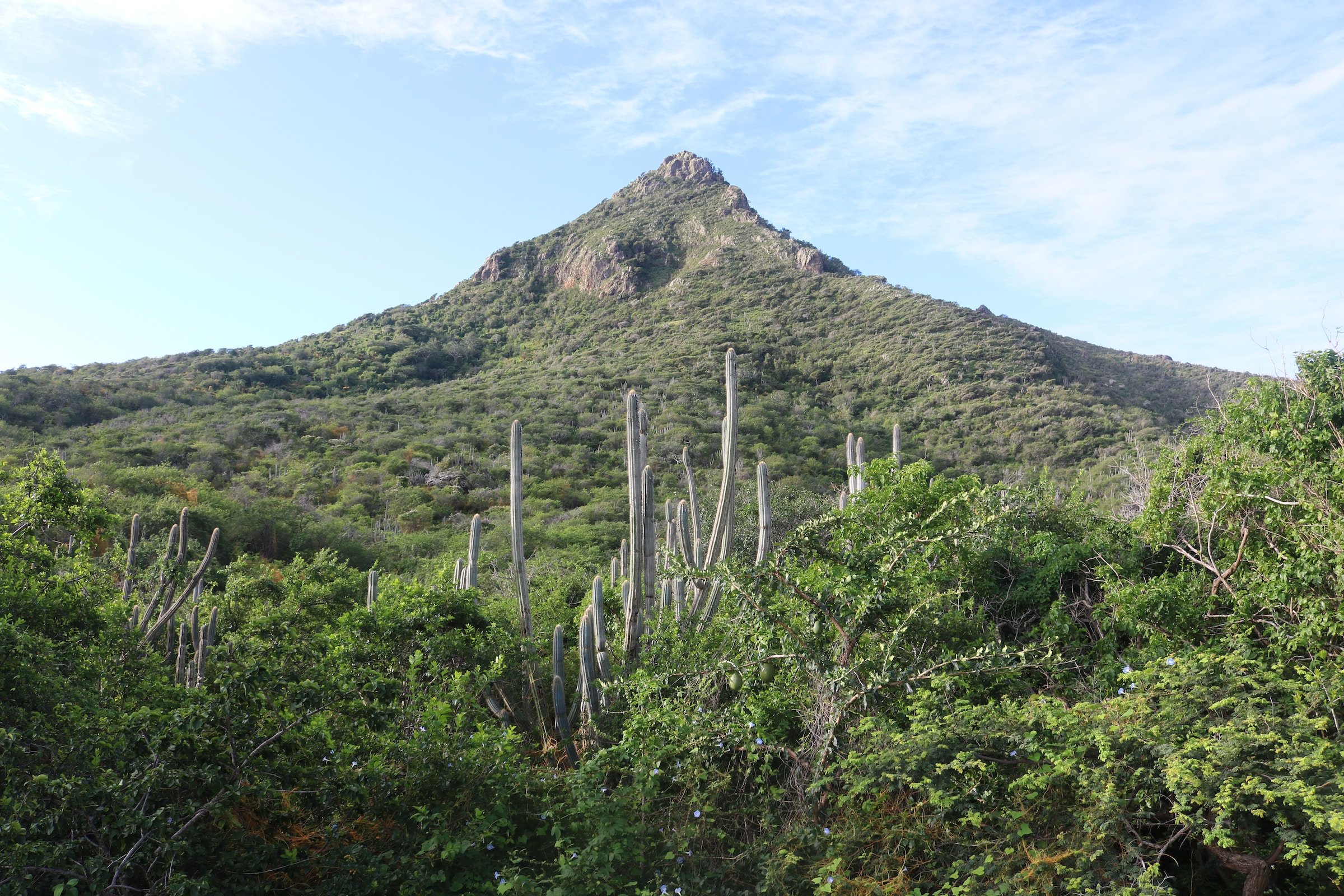
Curaçao
Curaçao uses square licence plates that appear completely white through the blur.
NOTE: While front plates are mandatory, a minority will still not have front plates.


Curaçao uses square licence plates that appear completely white through the blur.
NOTE: While front plates are mandatory, a minority will still not have front plates.